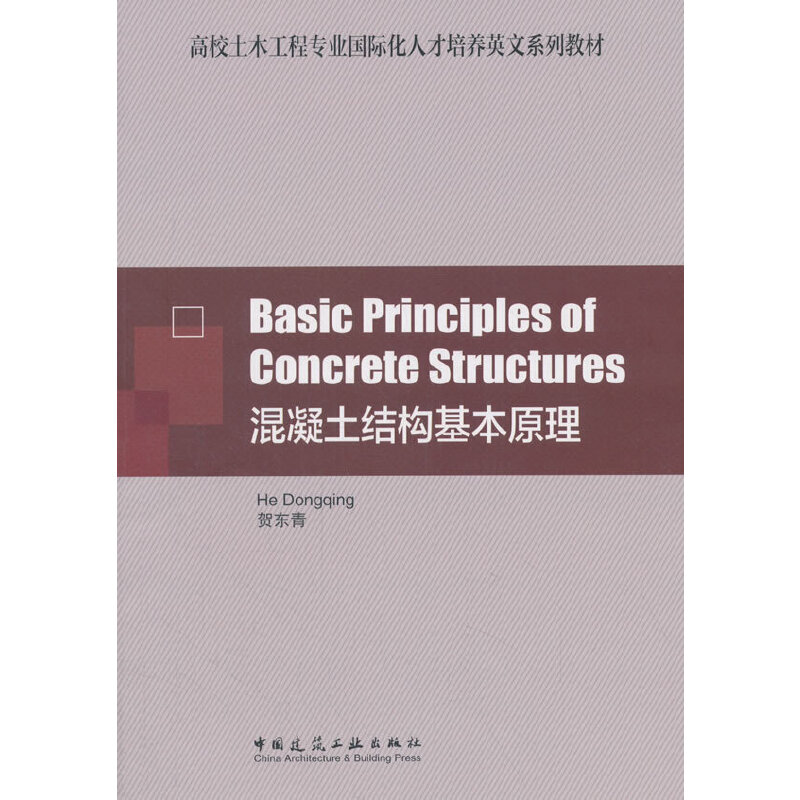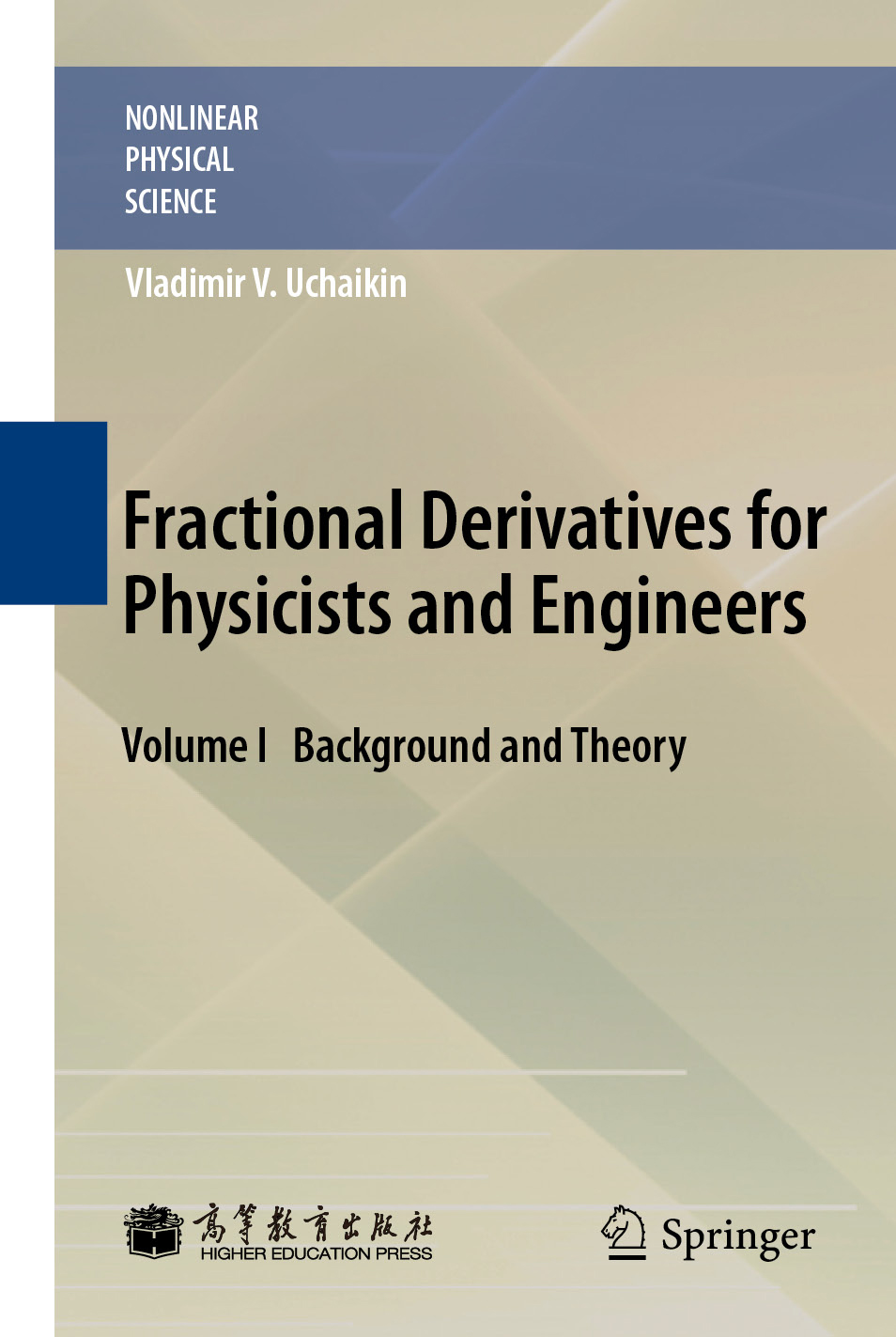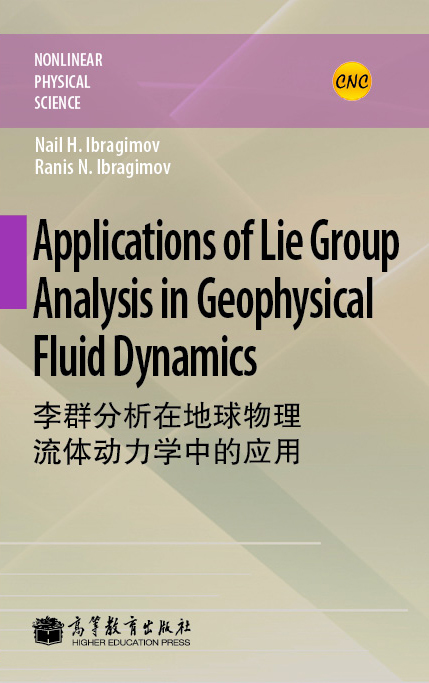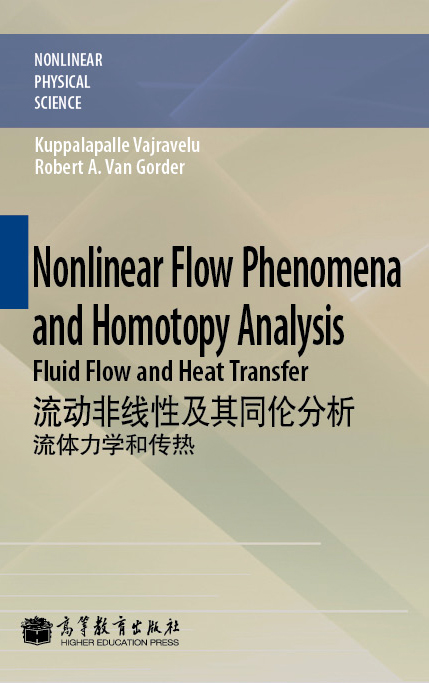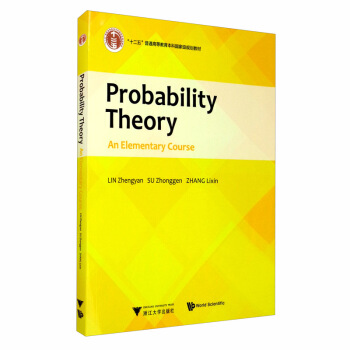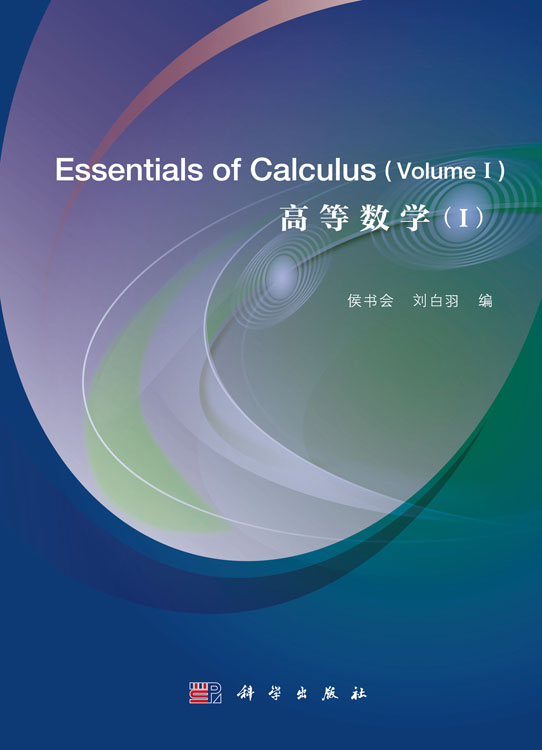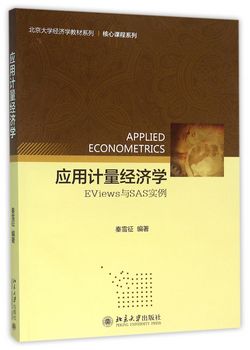微分方程群性质理论讲义(英文版)
作者: L.V.Ovsyannikov等
出版时间:2013-04
出版社:高等教育出版社
- 高等教育出版社
- 9787040369441
- 1版
- 162154
- 48265932-3
- 精装
- 16开
- 2013-04
- 210
- 156
- 理学
- 数学类
- O175
- 数学类
- 研究生及以上
本书与WSP 合作出版。
本书提供了确定和利用微分方程对称性的李群方法简明和清晰的介绍,并提供了在气体动力学和其他非线性模型中大量的应用,以及本书作者在这个经典领域的卓越贡献。本书中还包含在其他现代书籍中不曾涉及的一些非常有用的材料,例如:Ovsyannikov 教授发展的部分不变解理论,该理论提供了求解非线性微分方程和研究复杂数学模型强有力的工具。
Front Matter
Preface
1 One-parameter continuous transformation groups admitted by differential equations
1.1 One-parameter continuous transformation group
1.1.1 Definition
1.1.2 Canonical parameter
1.1.3 Examples
1.1.4 Auxiliary functions of groups
1.2 Infinitesimal operator of the group
1.2.1 Definition and examples
1.2.2 Transformation of functions
1.2.3 Change of coordinates
1.3 Invariants and invariant manifolds
1.3.1 Invariants
1.3.2 Invariant manifolds
1.3.3 Invariance of regularly defined manifolds
1.4 Theory of prolongation
1.4.1 Prolongation of the space
1.4.2 Prolonged group
1.4.3 First prolongation of the group operator
1.4.4 Second prolongation of the group operator
1.4.5 Properties of prolongations of operators
1.5 Groups admitted by differential equations
1.5.1 Determining equations
1.5.2 First-order ordinary differential equations
1.5.3 Second-order ordinary differential equations
1.5.4 Heat equation
1.5.5 Gasdynamic equations
1.6 Lie algebra of operators
1.6.1 Commutator. Definition of a Lie algebra
1.6.2 Properties of commutator
1.6.3 Lie algebra of admitted operators
2 Lie algebras and local Lie groups
2.1 Lie algebra
2.1.1 Definition and examples
2.1.2 Subalgebra and ideal
2.1.3 Structure of finite-dimensional Lie algebras
2.2 Adjoint algebra
2.2.1 Inner derivation
2.2.2 Adjoint algebra
2.2.3 Inner automorphisms of a Lie algebra
2.3 Local Lie group
2.3.1 Coordinates in a group
2.3.2 Subgroups
2.3.3 Canonical coordinates of the first kind
2.3.4 First fundamental theorem of Lie
2.3.5 Second fundamental theorem of Lie
2.3.6 Properties of canonical coordinate systems of the first kind
2.3.7 Third fundamental theorem of Lie
2.3.8 Lie algebra of a local Lie group
2.4 Subgroup, normal subgroup and factor group
2.4.1 Lemma on commutator
2.4.2 Subgroup
2.4.3 Normal subgroup
2.4.4 Factor group
2.5 Inner automorphisms of a group and of its Lie algebra
2.5.1 Inner automorphism
2.5.2 Lie algebra of GA and adjoint algebra of Lr
2.6 Local Lie group of transformations
2.6.1 Introduction
2.6.2 Lie’s first theorem
2.6.3 Lie’s second theorem
2.6.4 Canonical coordinates of the second kind
3 Group invariant solutions of differential equations
3.1 Invariants of the group GNr
3.1.1 Invariance criterion
3.1.2 Functional independence
3.1.3 Linearly unconnected operators
3.1.4 Integration of Jacobian systems
3.1.5 Computation of invariance
3.2 Invariant manifolds
3.2.1 Invariant manifolds criterion
3.2.2 Induced group and its Lie algebra
3.2.3 Theorem on representation of nonsingular invariant manifolds
3.2.4 Differential invariant manifolds
3.3 Invariant solutions of differential equations
3.3.1 Definition of invariant solutions
3.3.2 The system (S=H)
3.3.3 Examples from one-dimensional gas dynamics
3.3.4 Self-similar solutions
3.4 Classification of invariant solutions
3.4.1 Invariant solutions for similar subalgebras
3.4.2 Classes of similar subalgebras
3.5 Partially invariant solutions
3.5.1 Partially invariant manifolds
3.5.2 Defect of invariance
3.5.3 Construction of partially invariant solutions
3.6 Reduction of partially invariant solutions
3.6.1 Statement of the reduction problem
3.6.2 Two auxiliary lemmas
3.6.3 Theorem on reduction
3.7 Some problems
版权


